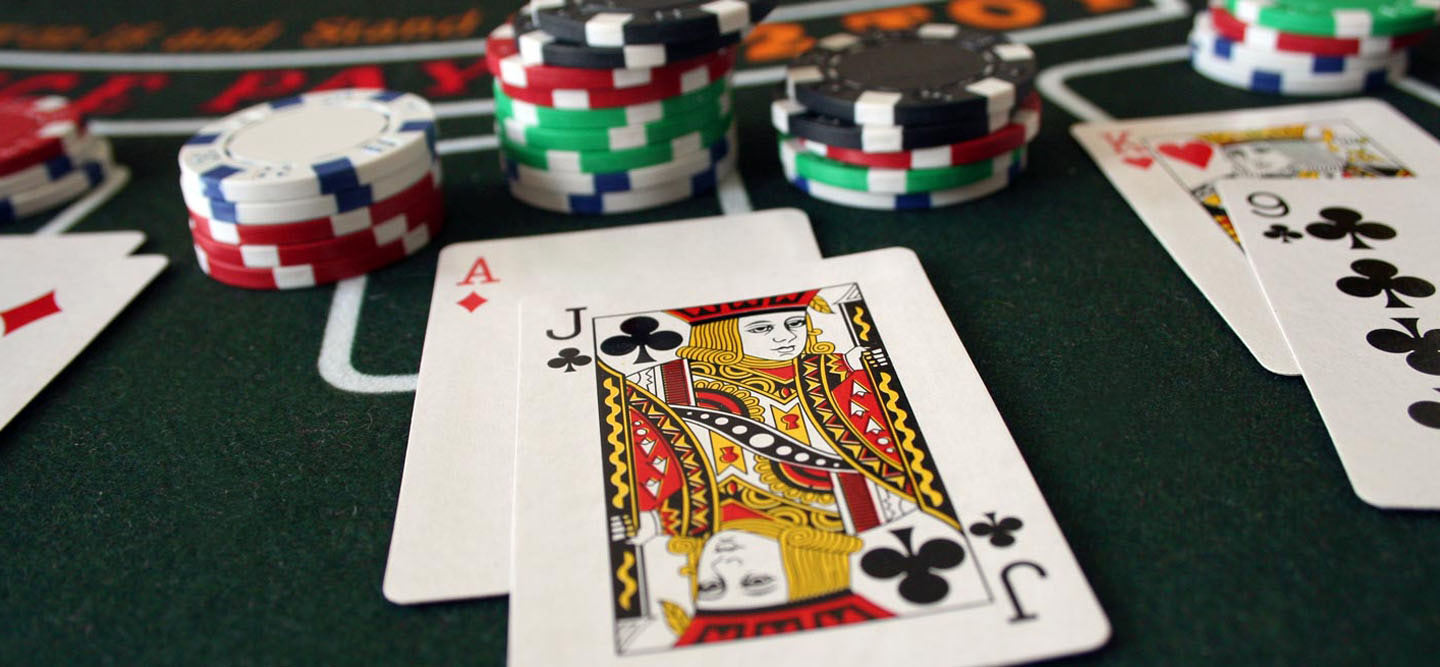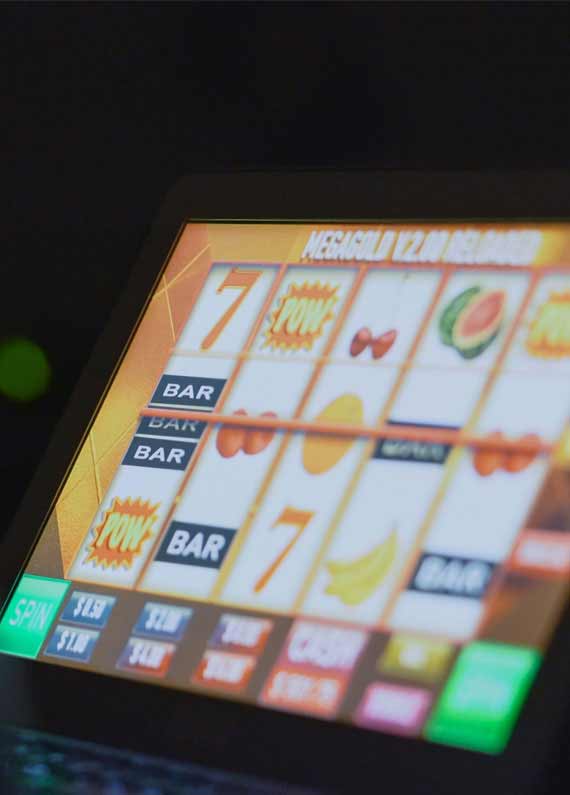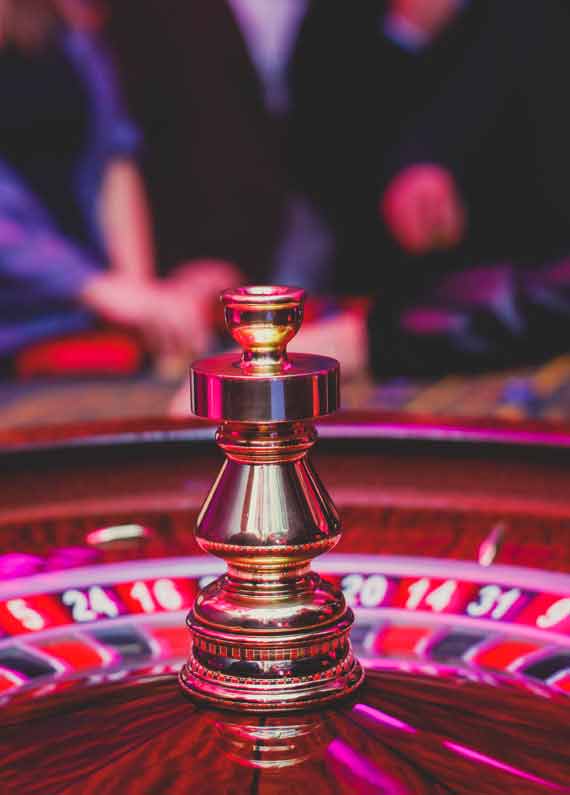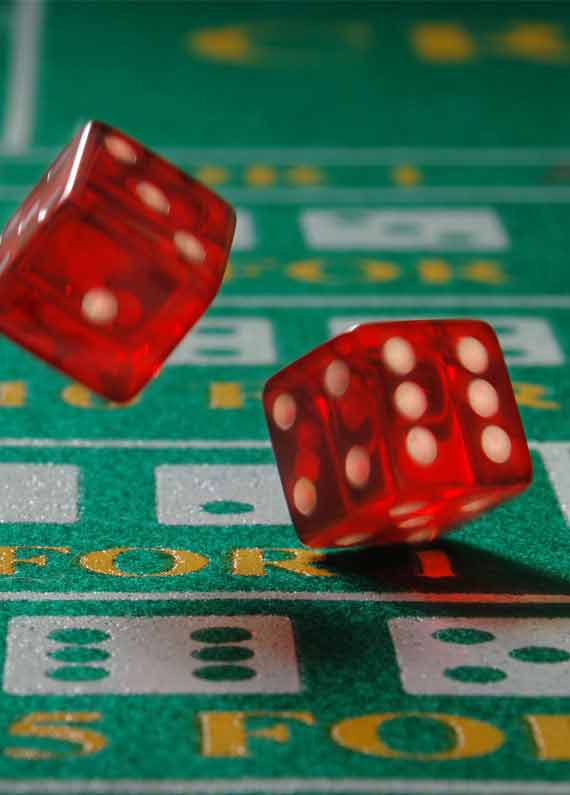How to Play Blackjack

If you can count to 21, you already have a leg up when it comes to learning blackjack.
This classic casino card game pits players against the dealer in a race to reach 21, but blackjack is much more than meets the eye. The unique combination of player actions, access to partial information, and strategic skills turn blackjack into a challenging duel with the dealer – and not the deck.
Most blackjack novices mistakenly think their goal is to get a total of 21 or close to it, without going over, by the end of the hand. And sure, landing a high total certainly helps out, but your own hand isn’t really the focus here – that should be beating the dealer’s hand.
You’ll learn more about that deceptive premise later on in the page, but for now, let’s run through the rules and regulations that every blackjack player needs to know.
Rules and Gameplay
To get the game started, you’ll need to pony up an ante bet of your choosing (at least the table minimum of course). We’ll start out by betting a red $5 chip.
With your bet in place, the dealer will deliver two cards face down to each player. Your hand may also be face up for all to see depending on the house rules, a caveat that you’ll learn more about in the Hand Signals section below.
In any event, you’ll begin with two cards in your hand, while the dealer’s two-card hand will be split in half – with one card face up and the other face down. This dealer “up card” provides the most crucial piece of information in blackjack, as it allows you an opportunity to gauge what you might be up against.
Blackjack uses a basic 52-card deck of playing cards, or multiple decks housed in a “shoe” nowadays. Those cards hold various values depending on their rank, with Aces valued at either 1 or 11 depending on your need, 10s and face cards (Kings, Queens, Jacks) valued at 10, and cards 2-9 valued according to their numerical rank.
For our example hand, let’s assume you have an 8 and a 6 for a 14 total. As for the dealer, they’re showing a 7 as their up card.
With your two-card hand dealt out, and the dealer’s up card shown, the time to act has arrived.
Blackjack players have five basic actions at their disposal when doing battle with the dealer:
Stand
When you like the look of your starting hand – either because it’s a high total already, or because it’s simply better than the dealer’s assumed holding – you can elect to stand. This is akin to passing or checking in poker, as the player simply declines their option to draw another card.
Standing on “made” totals like 19 or 20 is a fairly obvious play, but you’ll see players stand on all sorts of starting hands, even the lowly 12 total. That’s because blackjack isn’t always about making high hands, it’s about beating whatever the dealer happens to hold. If you can deploy a well-timed stand when the dealer looks likely to bust – on up cards like 4, 5, and 6 for example – simply standing pat can become a powerful piece of your blackjack arsenal.
Hit
Conversely, when your starting hand isn’t up to snuff, you’ll want to add on by taking another card (or cards) from the deck. When you hit, you’re asking the dealer for a third card, and hitting again sends a fourth card your way. You can hit as many times as you want, up until your total goes over 21 for a “bust” that is.
On totals between 4 and 11, you’re in no danger of busting on a hit, so fire away. It’s those tricky 12 through 16 totals that require you to take a risk, but as you’ll learn in the Basic Strategy section, sometimes hitting on a razor thin margin is the only viable play.
Double Down
Winning blackjack players butter their bread with the double down, a powerful play that allows you to press your edge when favorable spots arise.
Doubling down requires you to place a second bet equal to your ante, effectively doubling your wager. At that point, the dealer distributes just a single card your way, with no further actions afforded to you.
The point of the double down is to capitalize on the deck’s density of 10-value cards, with the deck’s 52-card count containing 16 face cards and 10s. When you hold a total of 10 or 11 (along with a few soft Aces), doubling down gives you a great chance to draw one 10-value card to make 20 or 21 – hands that rarely fail to produce a winner.
You could always hit on a 10 or 11, but when you do happen to draw that perfect 10, you’ll be kicking yourself for not having a second bet at the ready.
Split
A clever little play used when you’re dealt a matched pair (6-6, 8-8, etc.), splitting essentially divides your initial starting hand into two. With an 8-8 in the hole for a 16 total, you’re in a bad way against most dealer up cards.
But for the price of a second bet (equal to your first), you can divide the hand into an 8 and a second 8. From there, the dealer will complete both starting hands with a second card, giving you two hands in play on the same deal.
If you scored something like a 9 on one side, and a 10 on the other, you’ve suddenly gone from a tough 16 total to more favorable 17 and 18 starting hands.
Surrender
An option only offered in some versions of blackjack, surrendering is exactly what it sounds like – giving up and moving on to the next hand.
When your weak starting hand doesn’t size up well against a strong dealer up card, it can almost seem like a foregone conclusion that you’ll wind up losing your bet. After all, a 13 total has a hard road to hoe if it hopes to handle a dealer’s 10.
In situations like this, certain games allow players to surrender, or forfeit their hand altogether. In exchange, the dealer will return half of your ante bet as compensation.
Now that you know the five player actions and how they work, let’s see them play out in the example hand from above.
You’ve got a 14 total while the dealer shows a 7, so using the mathematical assumption that their down card is a 10-value, you’re up against a likely 17.
In this case, because the dealer will be standing on their high total, you’ll need to catch up to have any hope of winning. For that reason, the basic strategy chart advises players to hit on a 14 versus a 7.
And if the dealer had a 6 up card instead? Well, assuming they have a 16 total that they’ll need to hit on, basic strategy says to stand, while trying to let the dealer hang themselves by going bust.
Hand Signals in Live Play
One interesting aspect of blackjack played in brick and mortar casinos is the use of hand signals.
I’m not talking about hand signals sent between players – although, as the hit movie “21” showed, many card counters do rely on signals to get over on the game – but rather signals you’ll be sending to the dealer.
Here’s how they work.
In some casinos, the house rules require player hands to be dealt face up. In these games, which are known as “hands off” tables, you won’t be allowed to touch your cards at all.
Other venues have the cards dealt face down, and of course, that means you’ll need to squeeze them to take a peek. These tables are referred to as a “hands on” blackjack game.
In both versions, however, you’ll be communicating with the dealer largely through hand signals. Rather than crying out “hit me” when you want another card – a verbal command which can be confused given the background din of the table game pit – the casino prefers an unmistakable sign.
To that end, you’ll want to wave your hand flatly to signal a stand in a hands-off game, or slide the cards under your wagered chip to stand in a hands-on game. Tapping the table (hands off) or brushing the cards along the felt towards yourself (hands on) signals a hit.
And money talks in any casino, so doubling down or splitting requires nothing more than a second chip or stack be slid out alongside your ante.
Learning Basic Strategy
Those signals will become second nature quite quickly, but one aspect of blackjack you’ll need to maintain focus on is basic strategy.
Countless words have been written about the Holy Grail of blackjack, and you should surely spend some time absorbing that material, but for now we’ll keep it, well… basic.
The concept of basic strategy couldn’t be easier to grasp. Given any possible starting hand total versus a dealer up card, one action among the five will produce the highest expected return. Mathematicians and game theorists have worked hard to crack this probability code, and in doing so, they’ve created a master list of sorts known as the basic strategy chart.
With 26 possible starting hands – taking into account “hard” totals without an Ace and “soft” totals with an Ace – and 10 possible dealer up cards (2 through Ace), every potential blackjack dilemma can be mapped out on a grid. That creates 260 different plays that might come up, making basic strategy mastery a daunting task for most beginners.
But in reality, a whole chunk of the basic strategy chart simply repeats itself, while many plays are a matter of common sense alone.
The hard 5, 6, 7, and 8 all play the same way against any dealer up card, for example, hitting no matter what with no fear of going bust. Similarly, when you’re dealt a total between 17 and 21, you’ll be standing every time.
With that in mind, blackjack basic strategy can be boiled down into 11 groups, as shown below:
- Hard 5-8 = Hit on any dealer up card
- Hard 9 = Double down on dealer 2-6; Hit on dealer 7-Ace
- Hard 10 or 11 = Double down on dealer 2-9; Hit on dealer 10 or Ace
- Hard 12-16 = Stand on dealer 2-6; Hit on dealer 7-Ace
- Hard 17-21 = Stand on any dealer up card
- Soft 13-15 = Hit on any dealer up card
- Soft 16-18 = Double down on dealer 2-6; Hit on dealer 7-Ace
- Soft 19-21 = Stand on any dealer up card
- Pair 2-2, 3-3, 6-6, 7-7, 9-9 = Split on dealer 2-6; Hit on dealer 7-Ace
- Pair 8-8, A-A = Split on any dealer up card
- Pair 4-4, 5-5, 10-10 = Don’t split against any dealer up card


